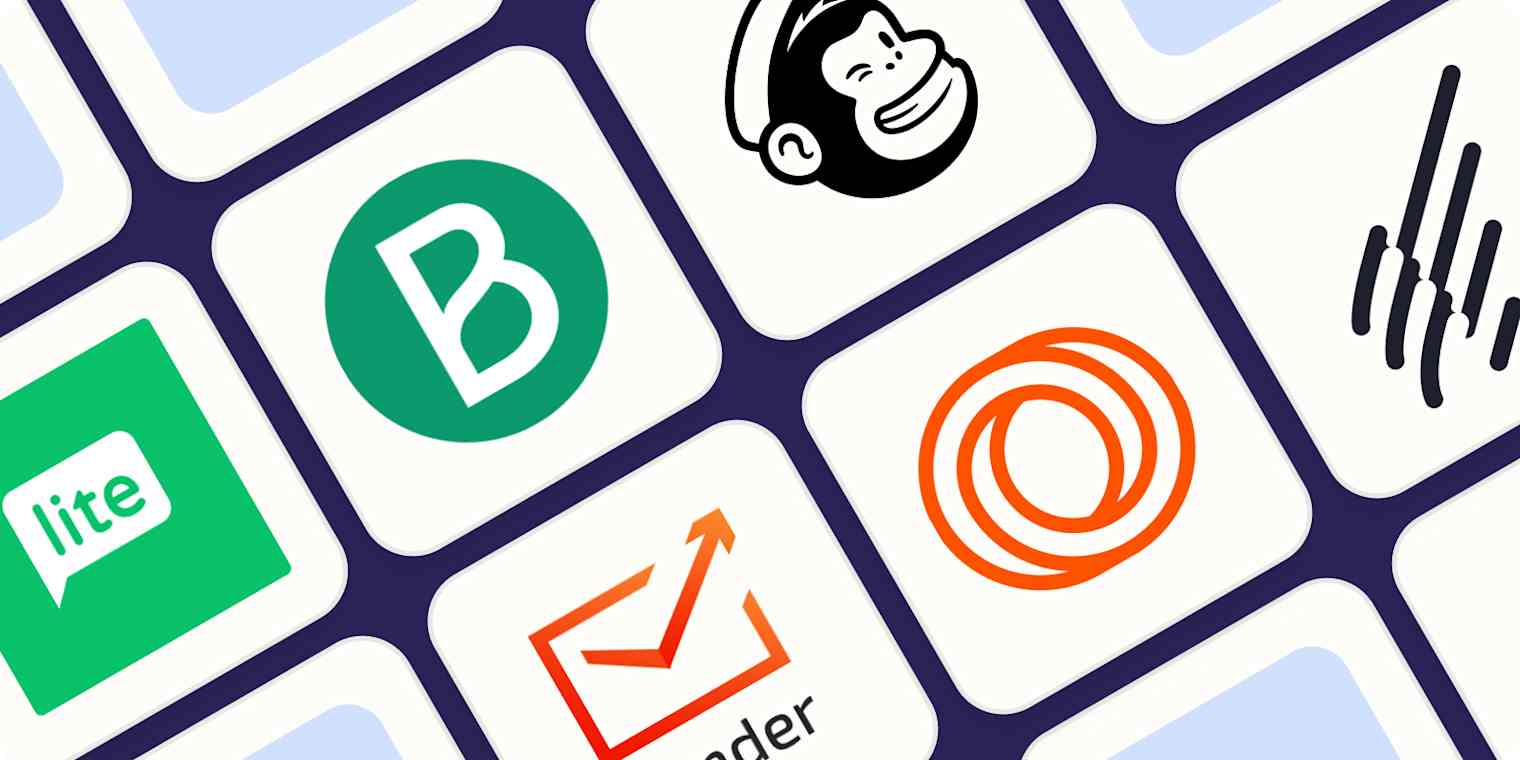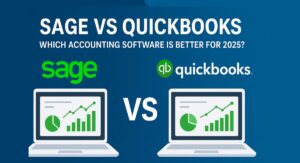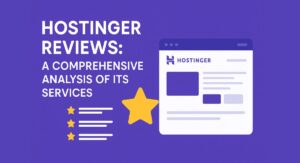Email marketing tools are essential for reaching customers effectively. They help businesses send targeted messages.
Imagine you own a store. You want to tell people about a sale. It’s like having a megaphone, but better. Email marketing tools are that megaphone. They let you talk to many customers at once. You can say, “Hey, come see what’s new!” Or “Guess what?
Big discounts!” This way, you keep them coming back. And if they like what they hear, they might tell friends. Now, that’s good for business. Some tools are easy to use. Others have more features. You might wonder, “Which one is best for me? ” This blog will help you decide. We’ll talk about options, prices, and how to use these tools. So, whether you’re a shop owner or have another business, keep reading. Let’s find the right tool for you to connect with your customers.

Credit: www.mainstreetroi.com
Email Marketing Tools: A Catalyst For Success
Email marketing remains a powerful channel for reaching audiences. The right tools can transform how campaigns perform, turning good strategies into great results. Discover how these solutions enhance marketing efforts and drive success.
The Role Of Tools In Campaign Enhancement
Email marketing tools bring precision and efficiency to the table. They streamline workflows, ensure timely deliveries, and optimize engagement. With these tools, businesses can target their audiences more effectively and personalize their messages.
- Automated scheduling
- Segmentation capabilities
- A/B testing features
- Analytics and reporting
How The Right Software Amplifies Results
Choosing the best software can maximize campaign impact. It turns data into actionable insights, leading to smarter decisions. Users can track open rates, click-through rates, and conversions, refining strategies for better outcomes.
| Feature | Benefit |
|---|---|
| Email templates | Save time, maintain consistency |
| Customization options | Speak directly to customer needs |
| Integration with other tools | Seamless workflow, richer data |
Evaluating Your Email Marketing Needs
Choosing the right email marketing tools starts with knowing your needs. This step is crucial. It ensures the tool fits your business like a glove. Let’s dive deeper into how to evaluate your email marketing needs effectively.
Assessing Campaign Objectives
First, think about what you want to achieve. More sales? More website visits? Knowing your goal guides your tool choice. Each tool has strengths. Pick one that aligns with your objectives.
Identifying Key Features For Your Strategy
Next, list the features you need. Automation? Easy design? Analytics? Your list will narrow down options. This makes choosing simpler. Remember, the right features save time and boost success.
Popular Email Marketing Platforms
Email marketing remains a pivotal part of digital outreach. Picking the right platform can transform your strategy. Many services exist, each with unique features. They cater to diverse business needs, from small startups to large enterprises. Let’s explore some popular email marketing platforms and what they offer.
Comparing Top Industry Leaders
Several platforms lead the email marketing industry. Mailchimp, Sendinblue, and Constant Contact are a few. Each offers templates, analytics, and automation tools. Businesses should compare these leaders closely. It’s crucial to find a platform that aligns with their marketing goals.
Pros And Cons Of Common Tools
Every email marketing tool has strengths and weaknesses. Mailchimp excels in user-friendliness and integration. Yet, it might be pricier for growing subscriber lists. Sendinblue offers strong automation at competitive pricing but has a steeper learning curve. Constant Contact shines with customer support, but its design options are limited. Users must weigh these pros and cons carefully.

Credit: www.linkedin.com
Automation: Streamlining Your Email Strategy
Email marketing is a critical tool for engaging with customers. With automation, you can send the right message at the right time without manual effort. This keeps your audience engaged and helps grow your business. Let’s explore the benefits of email automation and how to set up automated campaigns.
Benefits Of Email Automation
Email automation saves time and increases efficiency. It allows for timely responses to customer actions. For example, it sends a welcome email when someone signs up. It also helps personalize content for different audience segments. This leads to higher open rates and better engagement.
Automated emails can help nurture leads, too. They keep your brand top-of-mind. By sending relevant information, you guide prospects through the buying journey. This can result in more conversions and a stronger customer relationship.
Setting Up Automated Campaigns
Setting up automated email campaigns is straightforward. First, choose an email marketing tool that suits your needs. Look for features like easy integration, user-friendly design, and detailed analytics.
Next, define your goals. What do you want your automated emails to achieve? Maybe you want to welcome new subscribers or follow up on purchases. Once you know your goals, create the emails. Write clear, concise content that adds value.
Finally, set the triggers for your emails. Triggers are actions that start an automated email. This could be a new subscription or a customer milestone. Test your emails before you send them out. Make sure they look good on all devices and the links work.
Email automation can transform your marketing. It makes sending emails easier and more effective. Start using it today to see the difference it can make.
Personalization And Segmentation
Email marketing stands out with two powerful tools: personalization and segmentation. These tools help send the right message to the right person. Let’s dive into how these can make a big difference in your campaigns.
Crafting Tailored Messages
Personalization means more than adding a name to an email. It’s about creating a message that feels made just for the reader. This could be based on their past actions, interests, or needs. Imagine getting an email that feels like it’s speaking directly to you. That’s the power of personalization. It makes the reader feel valued and understood.
Segmenting Lists For Targeted Outreach
Segmentation splits your email list into smaller, focused groups. Each group gets emails that matter to them. For example, new customers might get a welcome series. Long-time customers might get loyalty rewards. By doing this, you ensure that your emails are always relevant. Relevant emails get opened, read, and acted on more often.

Credit: zapier.com
Analytics And Reporting Features
Email marketing tools with robust analytics and reporting features are essential for any digital marketer. These features provide insights into how campaigns perform. They help tailor future marketing efforts for better results. Let’s dive into the key aspects of analytics and reporting in email marketing tools.
Understanding Campaign Performance
Tracking the success of email campaigns is crucial. Analytics tools offer detailed reports. They show open rates, click-through rates, and conversions. This data helps marketers understand what works. It guides tweaks in design or content for improved performance.
Leveraging Data For Strategic Decisions
Data-driven strategies lead to better results. Email marketing analytics allow marketers to see trends. They can identify the best time to send emails or which subject lines get the most opens. This information shapes future campaigns. It leads to more targeted, effective marketing efforts.
Integrations With Other Marketing Tools
Email marketing tools today need to play well with others. Think of your marketing toolkit as a set of puzzle pieces. Alone, each has value, but together, they create a complete picture. Integrations bridge these tools, forming a seamless marketing strategy. Let’s explore how these connections can build a cohesive ecosystem and boost productivity.
Creating A Cohesive Marketing Ecosystem
Integrated tools talk to each other. Your email marketing software can share data with your CRM, content management system, and analytics tools. This sharing is vital. It ensures that your customer sees a unified message across all channels. Your marketing grows stronger when all your tools work as one.
Seamless Integration For Enhanced Productivity
When your email platform integrates with other tools, tasks get easier. No more switching between apps or tabs. You can automate workflows and save time. For example, a new sign-up can trigger a welcome email without manual input. With seamless integration, you can focus more on strategy and less on the nitty-gritty.
Best Practices For Email Campaigns
Email marketing remains a powerful tool. It connects you directly with your audience. To make the most of it, follow these best practices for email campaigns.
Crafting Compelling Content
Content is king. Your emails must grab attention. Start with a strong subject line. Make it clear and catchy. Your message should be direct. Use simple language. Keep paragraphs short. Include a clear call to action (CTA). This tells readers what to do next.
- Start with a question or a bold statement.
- Use bullet points for easy reading.
- End with a clear CTA.
Optimizing Send Times And Frequency
Sending emails at the right time boosts engagement. Test different times and days. Find what works best for your audience. Keep track of open rates and clicks. This data helps you optimize. Remember, don’t flood inboxes. Too many emails can annoy people.
| Day | Best Send Time |
|---|---|
| Monday | 10 AM |
| Wednesday | 2 PM |
| Friday | 8 AM |
Adjust frequency based on feedback. Start with once a week. Increase or decrease as needed. Listen to your audience.
Future Trends In Email Marketing
Email marketing continues to evolve with new trends shaping its future. Staying ahead means understanding these changes. Let’s explore what’s on the horizon for email marketing.
Emerging Technologies To Watch
Email marketing is set to transform with new tech. Artificial Intelligence (AI) stands out, enhancing personalization in emails. Machine learning also helps, predicting user behaviors to tailor content. These tools help send the right message at the perfect time.
Adapting To Changing Consumer Behaviors
Consumer habits shift, and email marketing adapts. People crave genuine connections, so emails must feel personal and relevant. Brands must listen and respond to these needs. This means using data to understand and serve customers better.
Mastering Email Deliverability
Email marketing remains a crucial tool for connecting with customers. To ensure messages reach inboxes, one must master email deliverability. This skill involves understanding and navigating the complexities of email systems. A well-crafted email campaign can build trust, engage subscribers, and drive sales.
Avoiding Spam Filters
Emails that land in spam folders don’t get read. Simple. To prevent this, use reputable email services. They help your emails avoid spam traps. Also, keep your mailing list clean. Remove inactive addresses regularly. This shows email providers that you send relevant content to engaged readers. Always get permission before adding new contacts to your list. This keeps complaints low.
Improving Open Rates
Getting emails delivered is one thing. Getting them opened is another. Use clear, engaging subject lines. They should tell what’s inside without giving it all away. Send emails at the right time. Different audiences open emails at different times. Test and learn when yours does. Personalize emails. Use names and content relevant to the reader. This makes them feel special and boosts open rates.
Frequently Asked Questions
What Are The Top Email Marketing Tools?
Most popular email marketing tools include Mailchimp, Constant Contact, and SendinBlue. They offer user-friendly interfaces, automation features, and detailed analytics to optimize campaigns.
How Do Email Marketing Tools Improve Roi?
Email marketing tools provide automation, segmentation, and tracking. These features enable targeted campaigns that engage subscribers effectively, leading to improved conversion rates and ROI.
Can Small Businesses Benefit From Email Marketing Tools?
Absolutely, small businesses can leverage email marketing tools to reach customers directly, personalize messages, and grow their audience affordably, which can drive sales and brand loyalty.
What Features To Look For In Email Marketing Software?
Look for ease of use, automation, list management, integration options, and robust analytics. These features help create, manage, and measure the impact of email campaigns efficiently.
Conclusion
Selecting the right email marketing tool can elevate your campaign’s success. These tools simplify sending emails, tracking results, and engaging subscribers. They save time and boost efficiency. Smart choices lead to better connections with your audience. Remember, the best tool suits your specific needs and goals.
Consider features, usability, and budget before choosing. Your email strategy can thrive with the right support. Start exploring options today and watch your email campaigns grow stronger.




